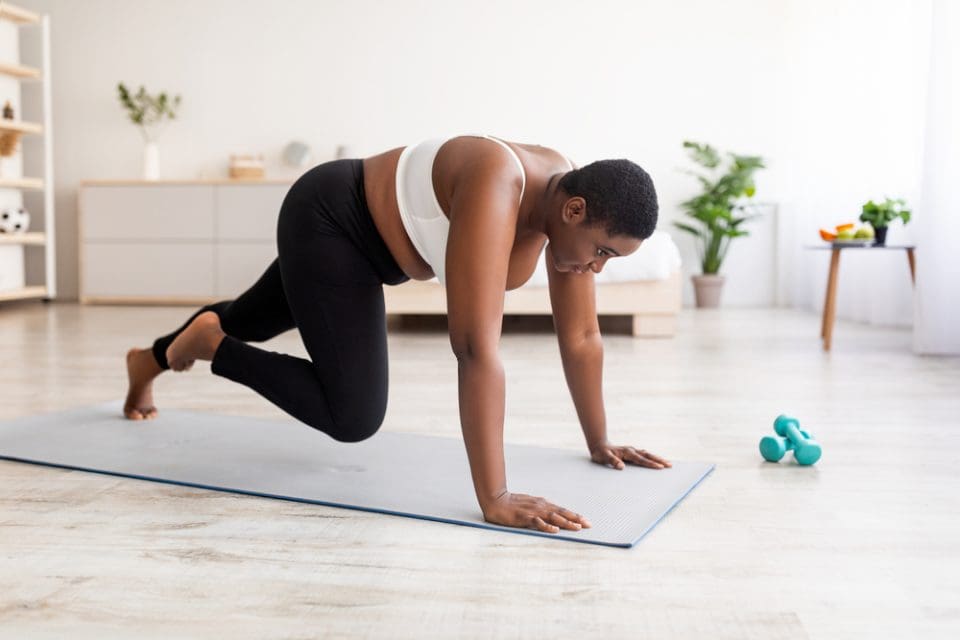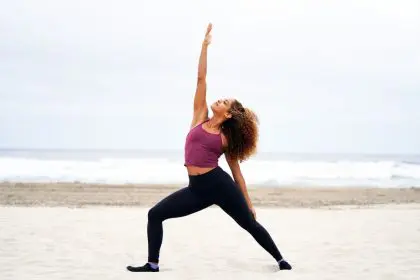Low-cortisol workouts for unexpected results

Low-cortisol workouts for unexpected results
The fitness industry’s latest revelation challenges traditional high-intensity training methods, suggesting that gentler, low-cortisol workouts might offer superior benefits for overall health and well-being. This emerging approach to exercise focuses on managing the body’s stress response while maintaining physical fitness.
Understanding cortisol’s role in fitness
The science of cortisol and exercise
Cortisol, often referred to as the stress hormone, is produced by the adrenal glands and plays a critical role in the body. It regulates metabolism, controls immune responses, and helps the body respond to stress. Exercise naturally triggers cortisol release, which is beneficial in moderate amounts, as it supports energy production and recovery. However, excessive cortisol levels—often a result of prolonged or overly intense workouts—can have negative effects.
Chronic high cortisol levels can lead to fatigue, impaired muscle recovery, increased fat storage (particularly around the abdomen), and mental health challenges such as anxiety and mood swings. For individuals already under significant stress, high-intensity workouts can exacerbate these issues, making fitness feel more draining than rewarding.
A shift in the fitness paradigm
Recent studies suggest that traditional high-intensity workouts might not suit everyone, especially those managing chronic stress or hormonal imbalances. Low-cortisol workouts provide an alternative that prioritizes fitness without overwhelming the body’s stress response. These workouts aim to balance physical activity with the body’s natural rhythms, offering a more sustainable path to health.
Benefits and implementation strategies
What sets low-cortisol workouts apart
Low-cortisol workouts emphasize steady, mindful movements that avoid pushing the body into overdrive. Unlike high-intensity sessions that spike cortisol levels, these activities maintain a calm physiological state while still delivering fitness benefits. Popular choices include walking, swimming, yoga, Pilates, tai chi, and light cycling.
These workouts are particularly effective for improving cardiovascular health, building endurance, enhancing flexibility, and promoting mental relaxation. They also foster better sleep quality, improve mood, and support hormonal balance.
How to get started
Implementing low-cortisol workouts involves keeping intensity and duration in check. Workouts should feel challenging enough to engage the body but gentle enough to allow normal conversation—a hallmark of proper intensity. Using heart rate monitors or tracking perceived exertion can help gauge effort levels.
Sessions should last 30–60 minutes and can be done three to five times a week, depending on individual fitness goals and stress levels. For variety, activities like hiking or dance classes can be included, provided they maintain a relaxed pace.
Creating balanced fitness routines
The art of mixing intensities
While low-cortisol workouts form the foundation of this approach, they don’t exclude higher-intensity activities altogether. A balanced fitness routine includes occasional high-intensity sessions, such as interval training or weightlifting, to boost cardiovascular capacity and muscle strength. The key is moderation—high-intensity workouts should be spaced out and limited to avoid overstressing the body.
Strategic planning of workout types and timing is essential. Low-cortisol workouts are particularly beneficial during stressful periods, such as after a long day or during emotionally taxing times. On days when energy and mood are higher, incorporating more vigorous sessions can complement the overall fitness plan.
Listening to your body
Developing a balanced routine requires paying attention to your body’s signals. Persistent fatigue, mood changes, or slow recovery times indicate a need to scale back and prioritize gentler activities. Incorporating rest days and active recovery sessions is equally important for long-term success.
Supporting lifestyle factors
The bigger picture
Low-cortisol workouts don’t operate in isolation. Their effectiveness relies on a holistic approach to health. Adequate sleep is a cornerstone of recovery, helping to regulate cortisol levels and support physical repair. Similarly, a nutrient-rich diet fuels the body for exercise and aids recovery. Foods rich in antioxidants, healthy fats, and lean proteins are especially beneficial.
Stress management techniques like meditation, journaling, and deep breathing amplify the calming effects of low-cortisol workouts. Practices such as progressive muscle relaxation or guided imagery pair well with these exercises, creating a comprehensive stress-reduction toolkit.
Why low-cortisol workouts matter
Low-cortisol workouts challenge the traditional “no pain, no gain” mentality that has dominated fitness culture for years. Instead, they promote a more intuitive and sustainable approach to health. By focusing on activities that align with the body’s natural stress responses, individuals can experience improved energy, better mental clarity, and greater overall satisfaction with their fitness journey.
Reaping the rewards
For those seeking long-term health benefits, low-cortisol workouts offer a practical and enjoyable solution. They reduce the risk of burnout, foster consistency in fitness routines, and improve overall quality of life. The emphasis on working with the body, rather than against it, represents a paradigm shift that makes fitness more accessible and inclusive.
As research continues to shed light on the relationship between stress and exercise, this gentler approach may redefine how we think about staying active. By prioritizing balance and mindfulness, low-cortisol workouts prove that fitness doesn’t have to come at the expense of well-being.













